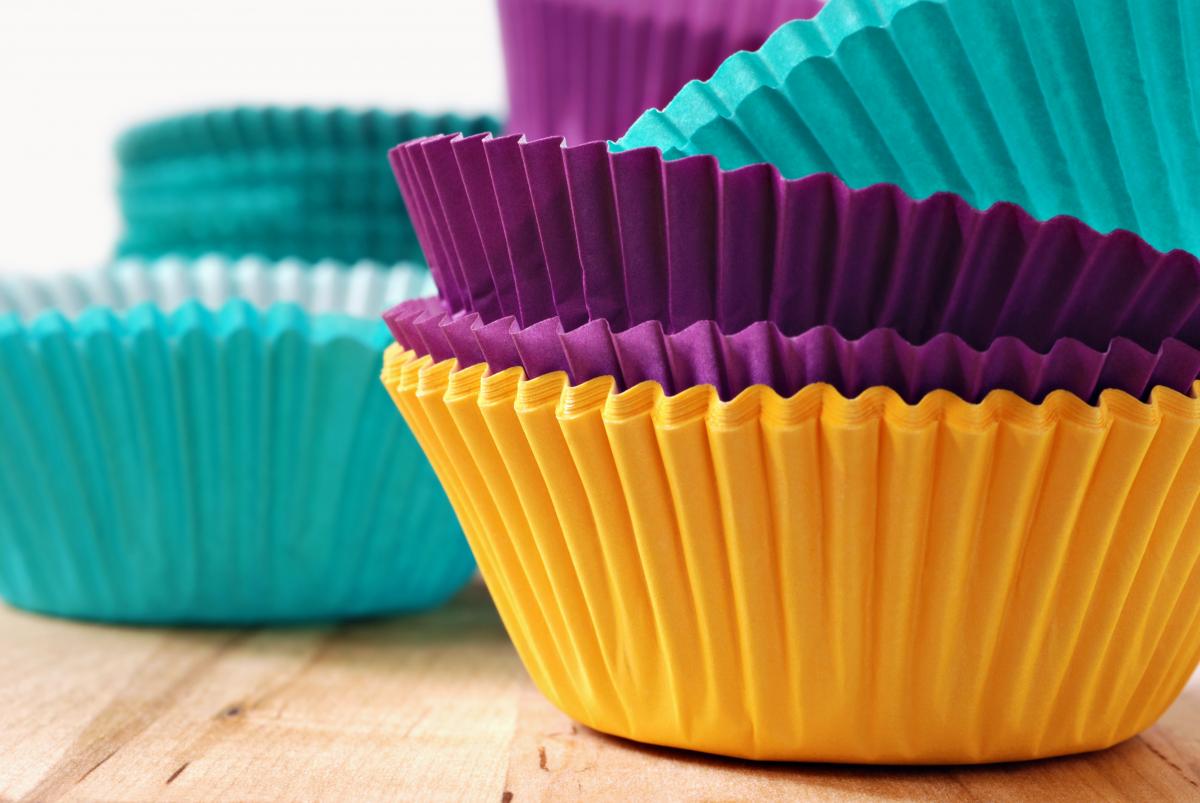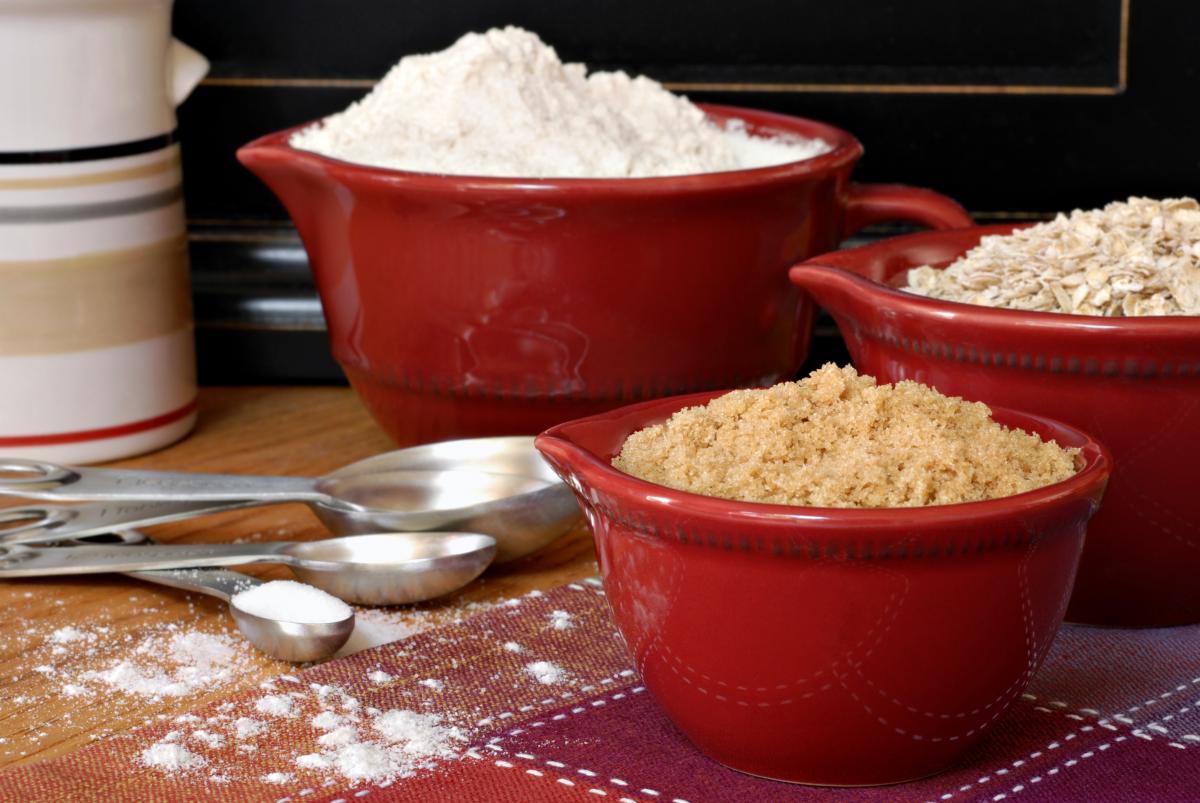Joe Hughes uses his expertise to highlight five things prospective vegan bakers have to avoid doing if they want the perfect baked goods.
While turning vegan is certainly very rewarding, there are still some common challenges vegans face. Luckily there are so many articles to help you tackle them effectively, and make the transition to an ethical life as smooth as vegan silk.
That being said, one of the most common challenges vegans face – especially those that travel frequently – is not finding vegan food in some places. Perhaps the easiest way to get around this issue is to be a good cook yourself, and for that, you need to be really good at baking.
Baking is actually more of an art than a science, and it can very well make or break a recipe. In fact, there are certain common baking mistakes that can ruin what could otherwise have been absolutely delicious vegan food.
 1) Not being familiar with your oven
1) Not being familiar with your oven
Cooking on your stovetop is actually quite easy, as you have full control over how it works. The food, too, is right there, and you’re always on top of how it’s being cooked. If you see something going wrong, you can just adjust the heating accordingly to prevent it.
When it comes to cooking in an oven, however, things tend to be very different. One of the most common challenges you have to deal with is the oven’s inaccuracy in showing the right temperature. While you may think that you just need to set a temperatureand wait for the light to come on, it doesn’t always turn out that way.
For instance, it’s very likely for the temperature to be off by up to 50 degrees. This can obviously mess up the food.
So, how to get around this? Just get an oven thermometer. It will not only tell you the actual temperature (and is pretty reliable at that), but also let you know about any temperature fluctuations while the oven is working. This can go a long way in helping you get familiar with your oven.
Another thing you should be aware of about your oven is that it may have hot spots. Hot spots are something that lead to the food cooking faster in some areas than the other.
You either need to make sure you’re not putting any food in these spots, or turning the pans at the right time to ensure even cooking. Following this simple trick may help you make some great recipes, such as banana bread.
2) Relying on your estimates instead of measuring ingredients
We need to get this one straight. Going by your estimates when using ingredients has no place in baking. You need to be absolutely sure about the measurements, or the food will be far from perfect.
You can use measuring tools for this. Liquid measuring cups and dry measuring cups are precisely what you’re going to need to make sure you your ingredient measurement is spot on.
However, you need to learn to use them the right way. When you’re using a liquid cup, you need to hold it at eye level as it allows you to get the correct measurement. Similarly, when using a dry cup, you need to use a small cup for pouring ingredients in the dry measuring cup, and then use something with a flat edge, such as a butter knife, to level off the ingredient.
With accurate measurements, making recipes like delicious enchanted vanilla pancakes will be a breeze.
3) Ending up with the wrong egg substitute
Let us now get to some vegan specific baking mistakes. Looking for ideal substitutes for egg tends to be an important part of vegan baking, but you can’t just go with any substitute.
While apple sauce and banana usually don’t disappoint as egg substitutes, they won’t work for all types of recipes. The best way you can go about doing this is simply sticking to tested vegan recipes, and avoiding a lot of experimentation.
However, there are actually quite a few egg substitutes, and each one of them may work much better than the others for some particular recipes. Hence, it’s important to be aware of what type of substitute ingredients work well for specific recipes, in order to get the best results.
 For instance, flax seeds would turn out to be a perfect replacement for egg if you’re making whole-grain baked foods, thanks to its great binding properties and a nutty flavor. For fluffier baked goods, however, a mixture of baking soda and vinegar would work better.
For instance, flax seeds would turn out to be a perfect replacement for egg if you’re making whole-grain baked foods, thanks to its great binding properties and a nutty flavor. For fluffier baked goods, however, a mixture of baking soda and vinegar would work better.
Now, if you’re making a sweet recipe, be careful with using an egg substitute such as banana. It would add extra sweetness to the food, which can obviously end up making it a bit too sweet than you wanted. Similarly, using something like chia seeds where replacing the moisture is the biggest challenge is likely to turn out to be a bad idea.
You also need to make yourself familiar with the ingredient ratio of these substitutes. Using the right substitute in the wrong ratio may end up ruining the food just as bad as a wrong substitute would.
4) Changing a recipe without understanding its chemistry
This mistake is probably something many – especially vegans – can relate to. Many times, we just end up replacing an ingredient in a recipe, or leaving it out altogether. This is usually done to make a recipe vegan or gluten-free, or to even avoid certain ingredients such as oil or sugar.
However, the thing is, if you don’t know the how and why behind these changes, you’re likely to get undesirable results. You shouldn’t try to substitute an ingredient without understanding why it’s used in the first place. For instance, if you’re trying to replace oil or butter in a particular recipe, but don’t substitute it with something that takes care of the moisture of the food as these ingredients do, you may end up with something that’s too dry.
Banana and apple sauce are going to be ideal substitutes if you’re looking to replace the moisture that otherwise would have been provided by oil or butter. Just make sure the extra flavor they come with is compatible with the other ingredients of the recipe and you should be fine.
Some more things to keep in mind here are that baking soda and baking powder cannot be interchanged, and usually the same turns out to be the case when it comes to different types of flour. Failing to maintain the right wet to dry ratio, too, may lead to results as explained in the above example.
Making a recipe gluten-free is usually more challenging than other recipe changes, though using a gluten-free bread machine and replacing the gluten without changing the chemistry of the recipe usually gets the job done.
Basically, the idea here is to understand why the ingredient is used in the first place, so that you can replace it with something that’s going to work in a similar way.
5) Not letting the oven do its job properly
Something that many of us can relate to is opening the oven door every now and then while it’s doing its job. I understand waiting is not easy, especially when you’re cooking something as delicious as Yorkshire pudding.
However, you need to understand that every time you open the oven door, the inside temperature takes a hit. And when you do this again and again, it can lead to uneven cooking.
Usually, it would result in the food having a cracked surface or improper rising. You can avoid this by simply using a timer that goes off a few minutes before the food is set to be cooked perfectly. And if you do have to check whether the cooking is on track or not, you can simply use the oven light that allows you to see the food inside. That’s precisely what it’s there for anyway.
By Joe Hughes
All you need to know about successful vegan baking is the perfect accompaniment to this article.
The views expressed by our bloggers are not necessarily the views of The Vegan Society.

